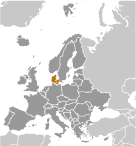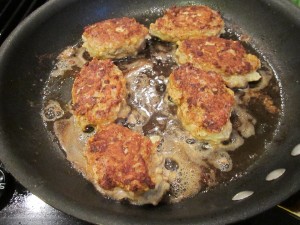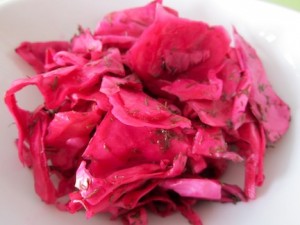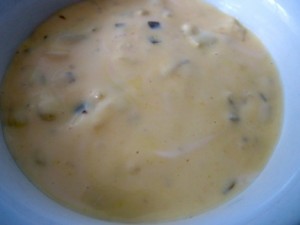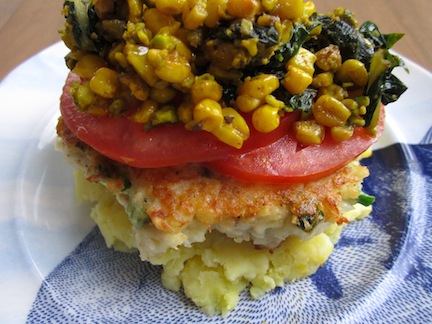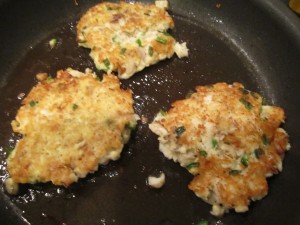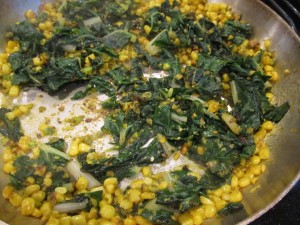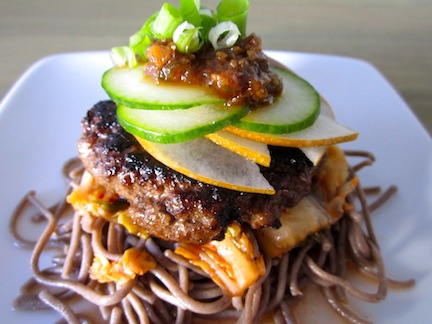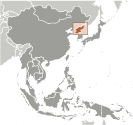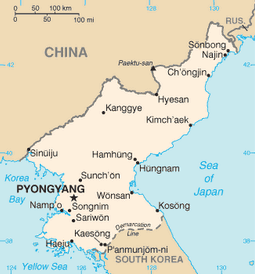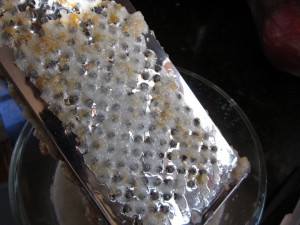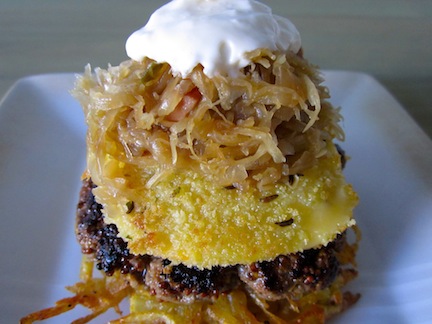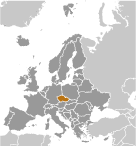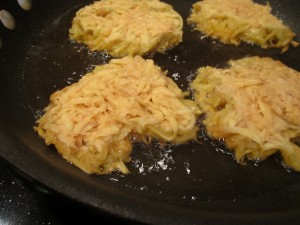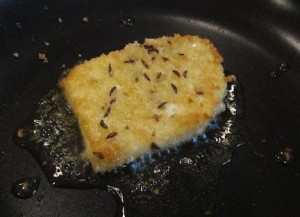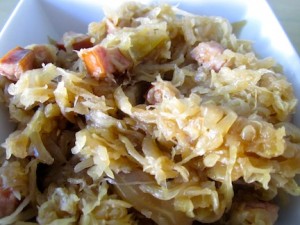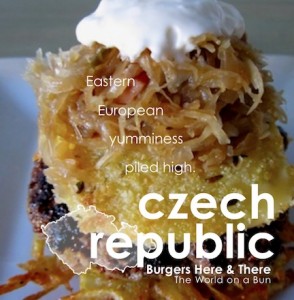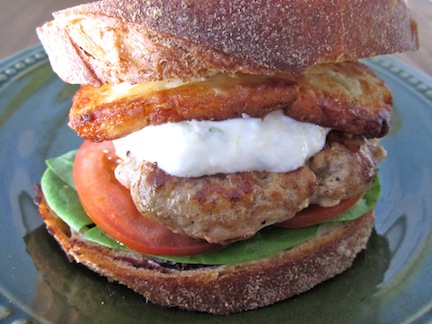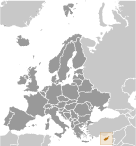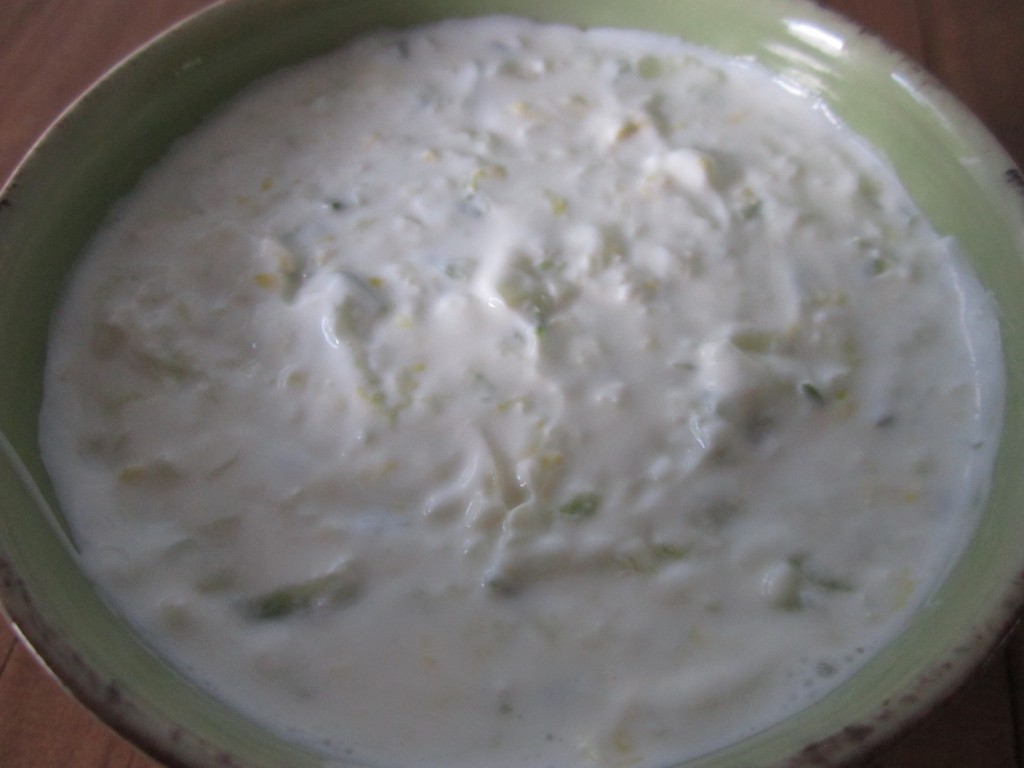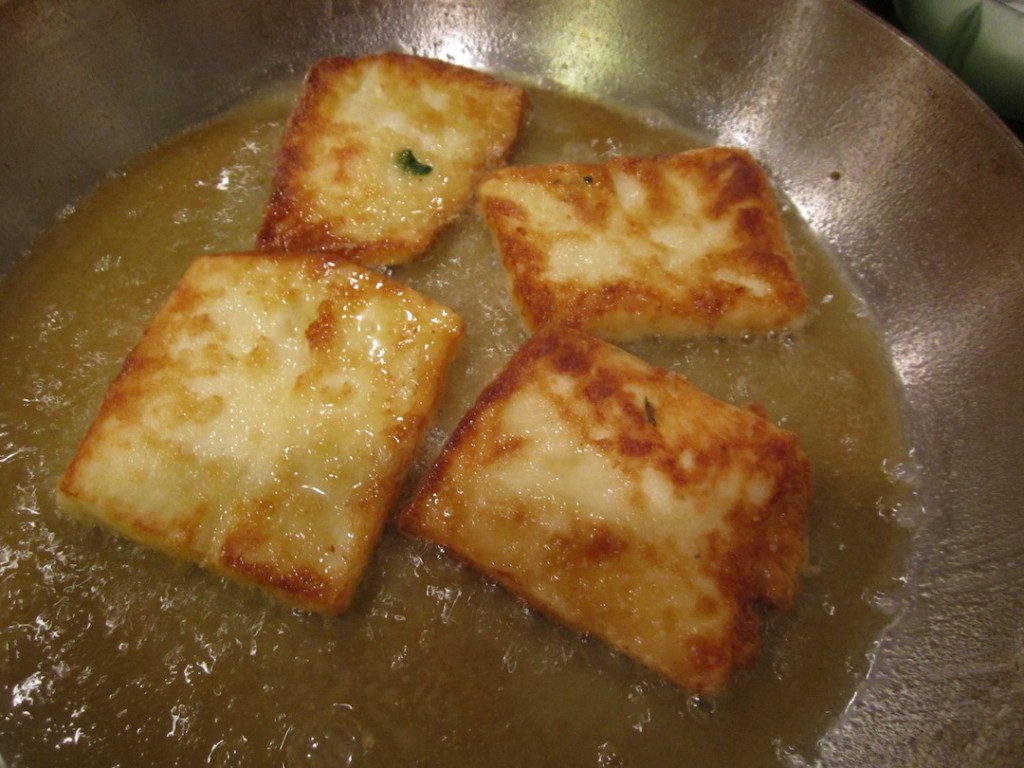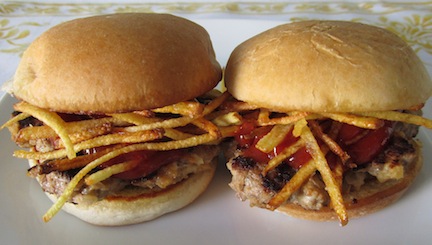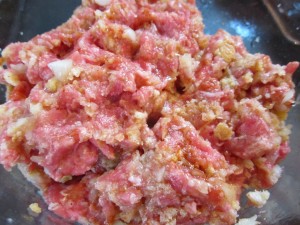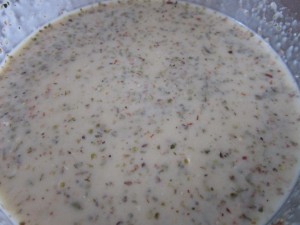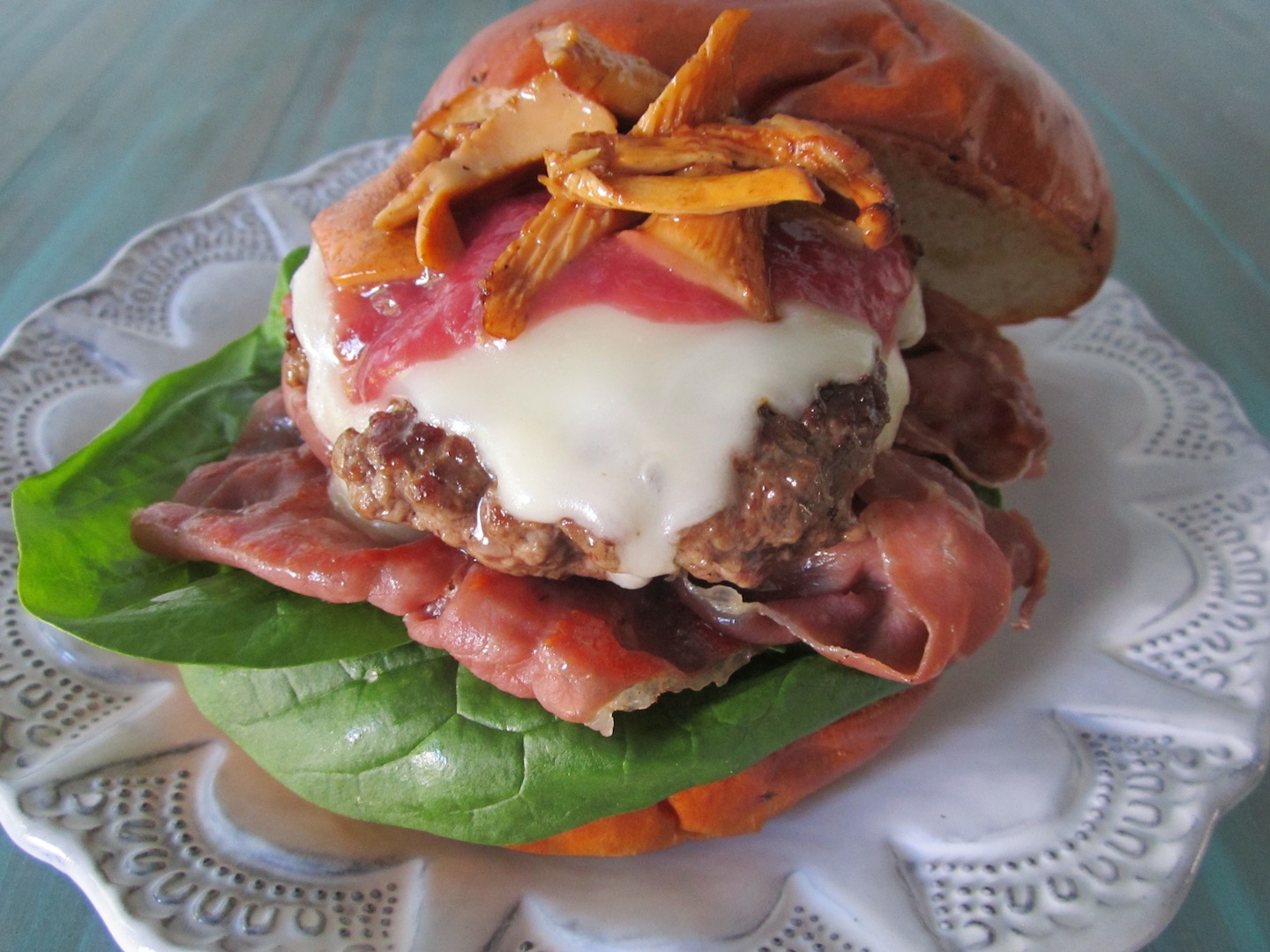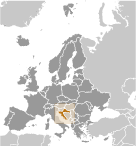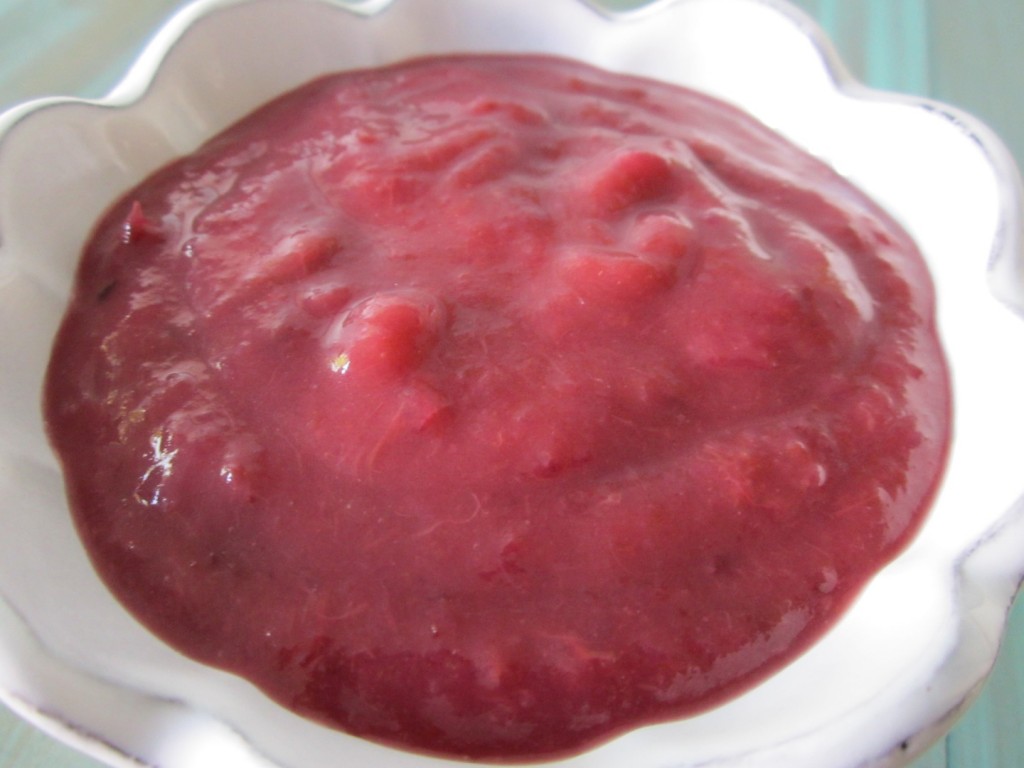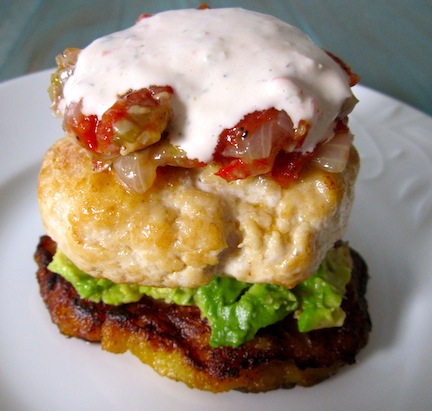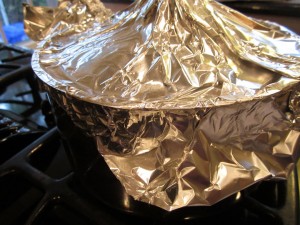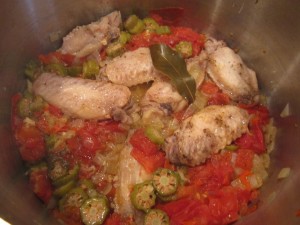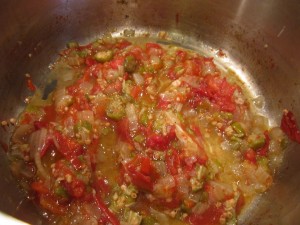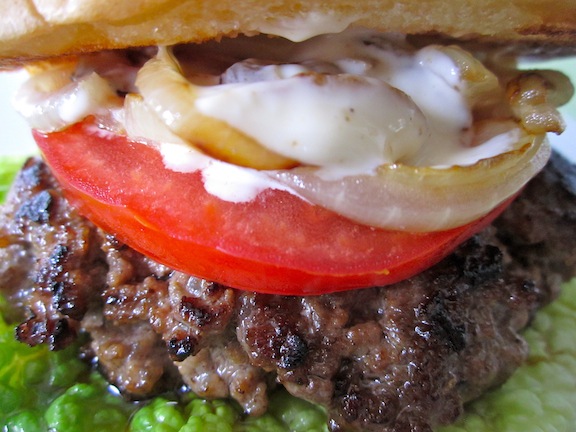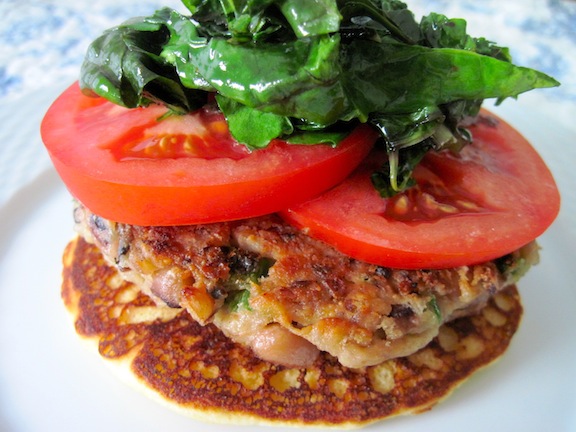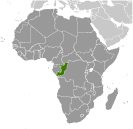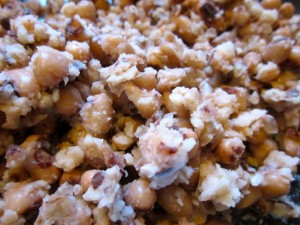 Frikadeller (Danish meatball) Burgers with Pickled Red Cabbage and Remoulade Sauce
Frikadeller (Danish meatball) Burgers with Pickled Red Cabbage and Remoulade Sauce
Denmark is a small country in northern Europe bordered by Germany, the North Sea and the Baltic Sea with Norway and Sweden just over the water.
It is a member of the EU, but has not joined the Eurozone, so they don’t use the Euro. It is one of the most prosperous and economically stable of EU countries. The Kingdom includes the islands of Greenland and Faroe and their people are Danish citizens. Denmark has had people living in it since around 12500 BC. The Kingdom used to include a lot more land, including Sweden and Norway. Over time, the Danes have had to cede territory and had various groups break away from the Kingdom so that now it occupies land equal to slightly less than twice the size of Massachusetts (not including Greenland and Faroe). Their history is filled with Vikings and plague, neutrality and conflict and in general, Danes seem to identify more as Scandinavians than as Europeans.
Their food is a reflection of Scandinavian as well as Germanic influences. Being part of cosmopolitan Europe, almost any kind of food is available and enjoyed in Denmark. My husband was lucky enough to visit Denmark on business a few years ago (I couldn’t get away to join him 🙁 ), I asked him what he remembered of the food and his only firm memory was that they seemed to butter everything. This was not a tremendous help as I set forth to figure out what to do for my Danish burger. It becomes clear as you start researching Danish food that the Danes love dark rye bread (generally called pumpernickel here), which works well for me because I love it too.
They do make a version of a hamburger called hakkebøf. This is basically a meatball, smooshed slightly flat and often served with potatoes and brown gravy. This gets translated to “hamburger steak” for reasons that completely escape me. From what I could tell the more common dish is frikadeller, which is very similar (in fact many of the recipes for these dishes contain the same ingredients). The only difference seems to be that frikadeller usually combines two meats, while the hakkebøf is usually just beef. So, I went with frikadeller and used a combo of pork and veal (feel free to use regular beef if you prefer).
The next thing I noticed was that there are lots of references to tarter sauce, apparently, Danes love tarter sauce. Theirs is made with mustard so that it’s slightly yellow. Lots of different recipes out there, but most are similar. I added some tarragon vinegar, but you can use white wine vinegar if you don’t have tarragon vinegar handy (I usually have a jar around because whenever I buy fresh tarragon, I always have too much and hate to waste it, throw it in some white wine vinegar and put it in a jar and it keeps for, virtually, ever. I also put some capers in because they add a nice salty zing and are used frequently in Danish cooking.
But, my favorite part of this burger is the pickled cabbage. I need to figure out what to do with the rest of the cabbage, but I loved the fact that pickling the cabbage brought out the hot pink in it and made this the oddest looking burger I can remember. Ok, the watermelon on the Botswana burger was pretty cool, but even it didn’t quite glow pink like the pickled cabbage. So it looks cool, but I was pretty sure these flavors would never make anything all that interesting – I was wrong, somehow this crazy mess actually tastes good! The tart cabbage balances the sweetness of the tarter sauce nicely and the meat comes across with lots of flavor that stands up beautifully to the dark rye. It’s a hearty burger, but not too heavy, and perfect for the whole family.
Denmark Burger
½ pound ground pork
½ pound ground veal
1 small onion diced (approximately ½ cup)
1 teaspoon kosher salt
¾ teaspoon ground black pepper
½ cup fresh bread crumbs
2 eggs slightly beaten
2 Tablespoons heavy cream
2 Tablespoons butter plus extra for the bread
Pumpernickel or dark rye bread sliced thin
Pickled Cabbage (recipe below)
Remoulade Sauce (recipe below)
1 medium onion sliced
Vegetable oil
In a medium sized bowl, combine the pork and the veal. Add all other ingredients up to the cream and mix well. Cover and refrigerate for at least one hour. I made this into smaller burgers and ended up with 8 patties, you can do that or divide it into any size patties you’d like to get the right number of servings. When you’re ready to cook, portion out the meat mixture and form ovals with the portions. In a large non-stick pan, melt the butter. Place the ovals into the pan and flatten them down. Cook until completely done.
In the meantime, heat vegetable oil in a skillet until shimmering. Add onions and cook until browned. Set aside on paper towel until ready to use.
Butter slices of pumpernickel and place cooked patties on top. Add some pickled cabbage and top with remoulade sauce and some of the cooked onion.
Pickled Cabbage
2 cups of red cabbage sliced thin
1½ cup apple cider vinegar
1 Tablespoon dried dill
½ teaspoon salt
In a large glass bowl, combine all ingredients. Cover and shake well to coat everything evenly. Refrigerate for 2-3 hours. Shake the excess liquid off before using.
Remoulade Sauce
½ cup mayonnaise
1 Tablespoon olive oil
¼ cup sweet relish drained
3 teaspoons Dijon mustard
1 Tablespoon drained capers
1 teaspoon sugar
1 teaspoon tarragon vinegar
½ teaspoon yellow mustard
Combine all ingredients and refrigerate until ready to use.
©Copyright 2011 Linda Monach

